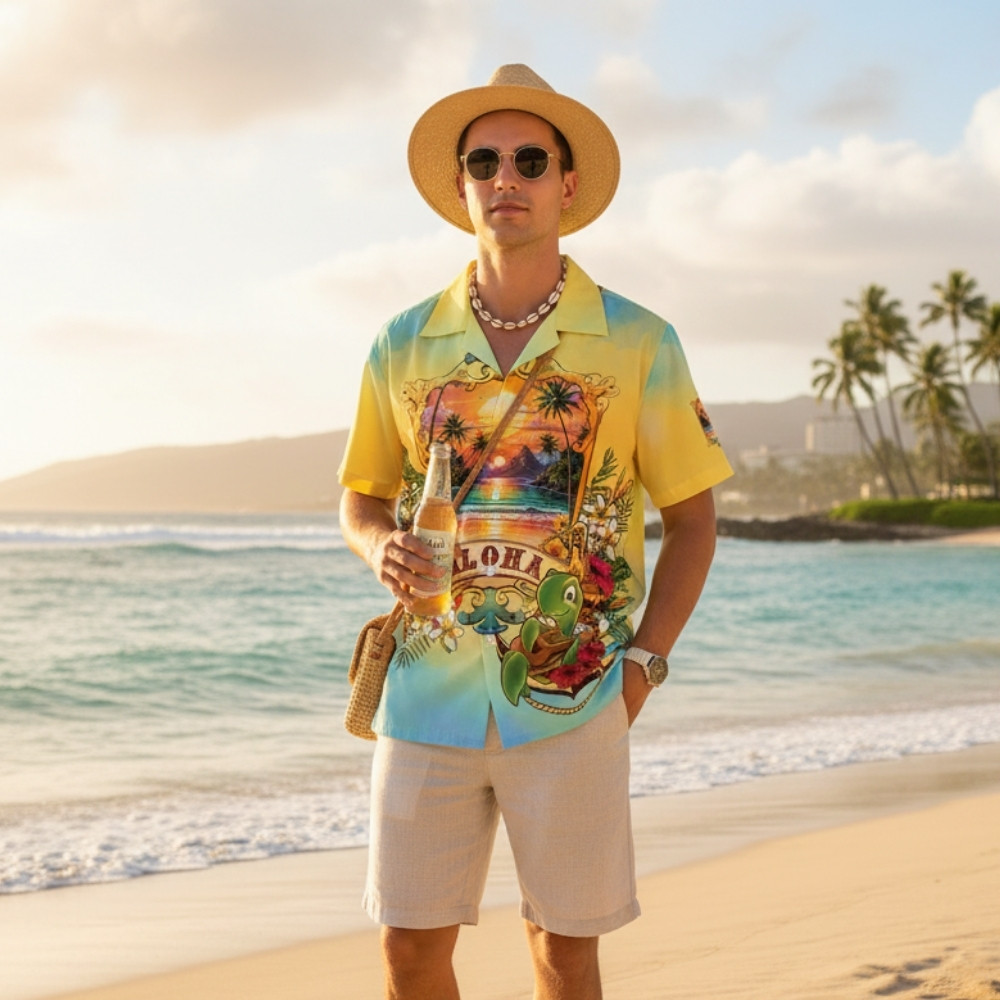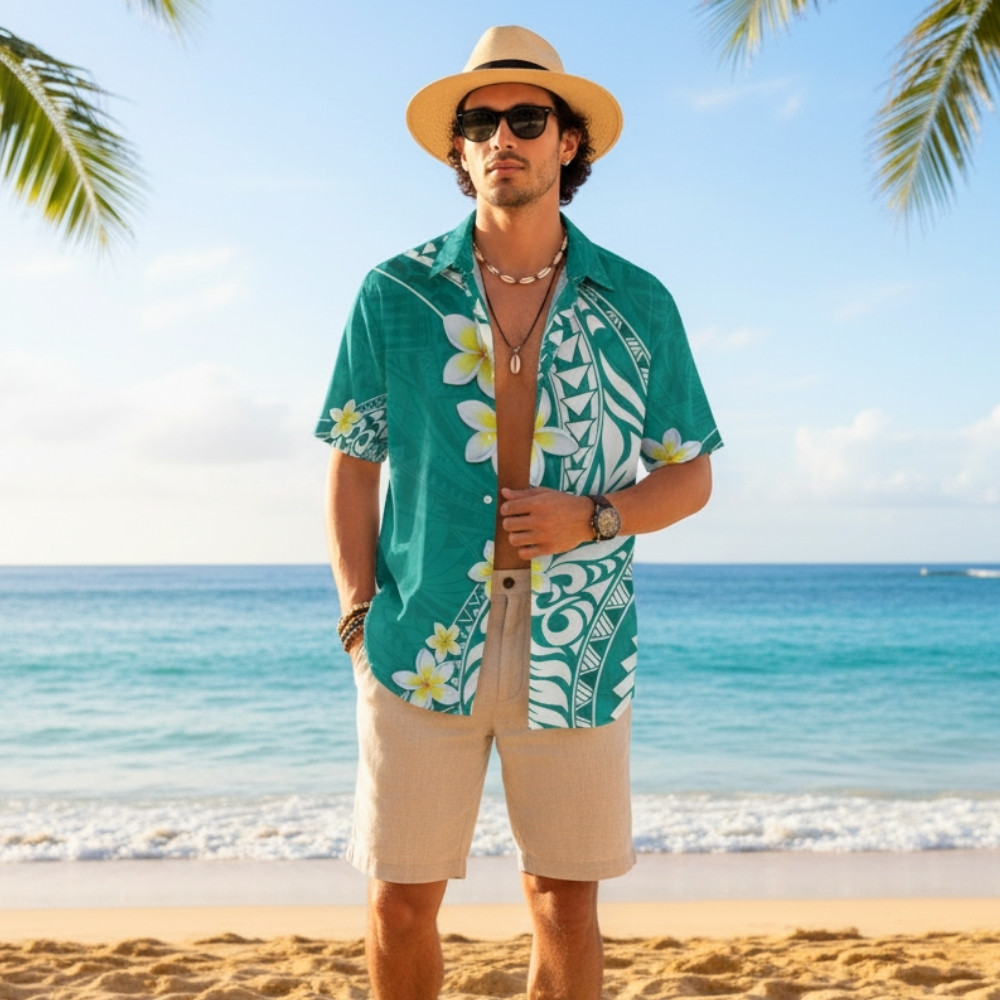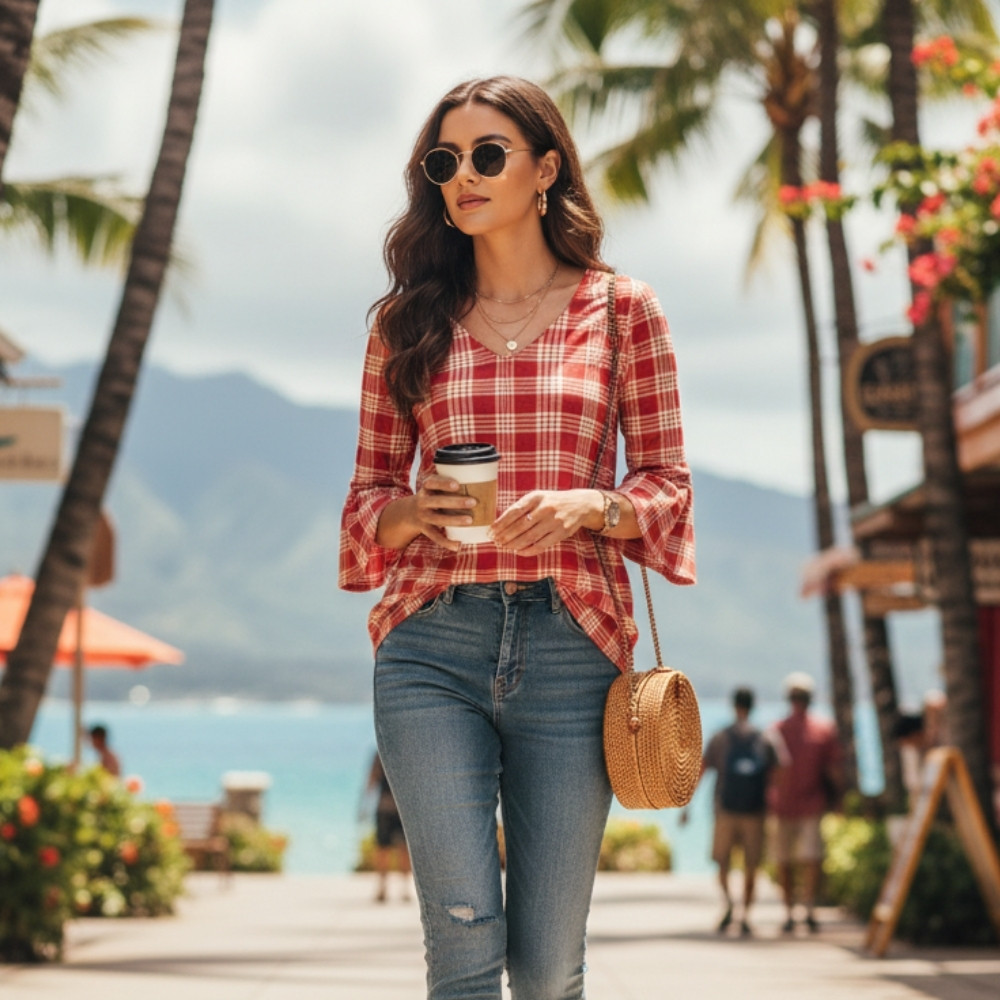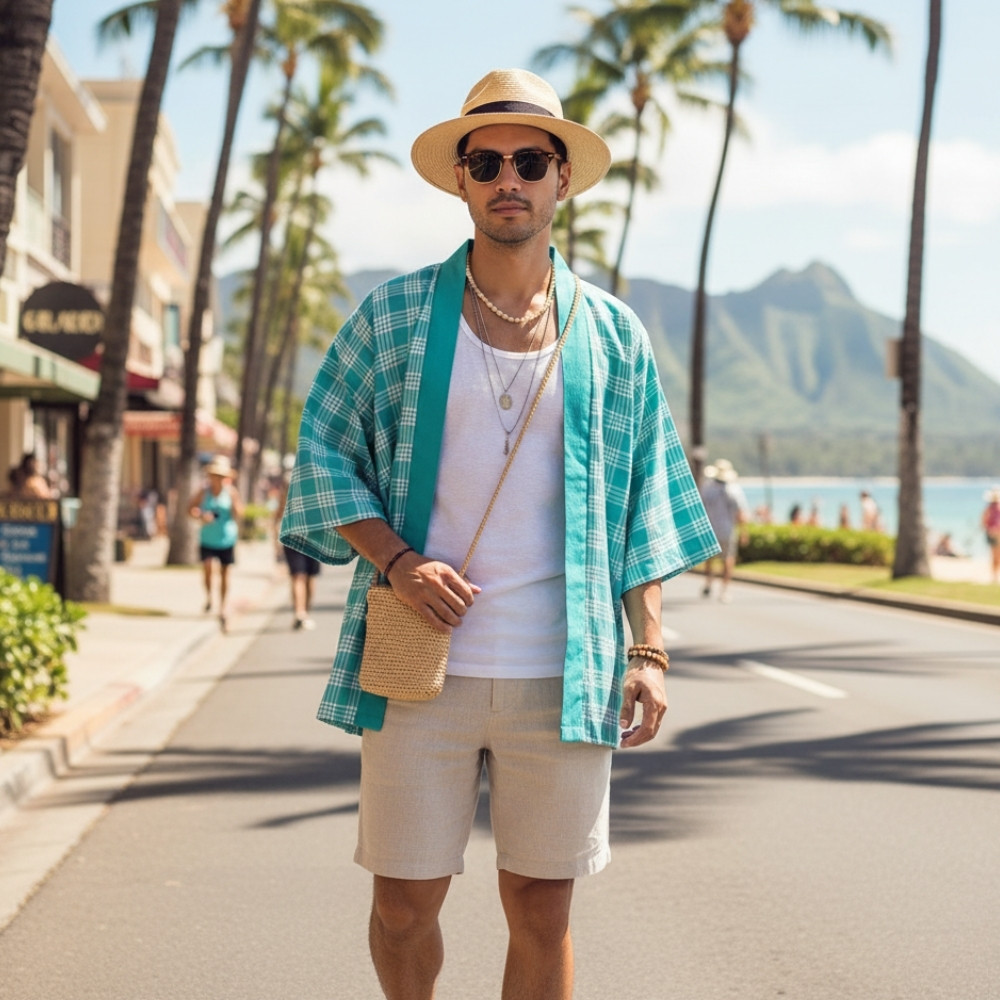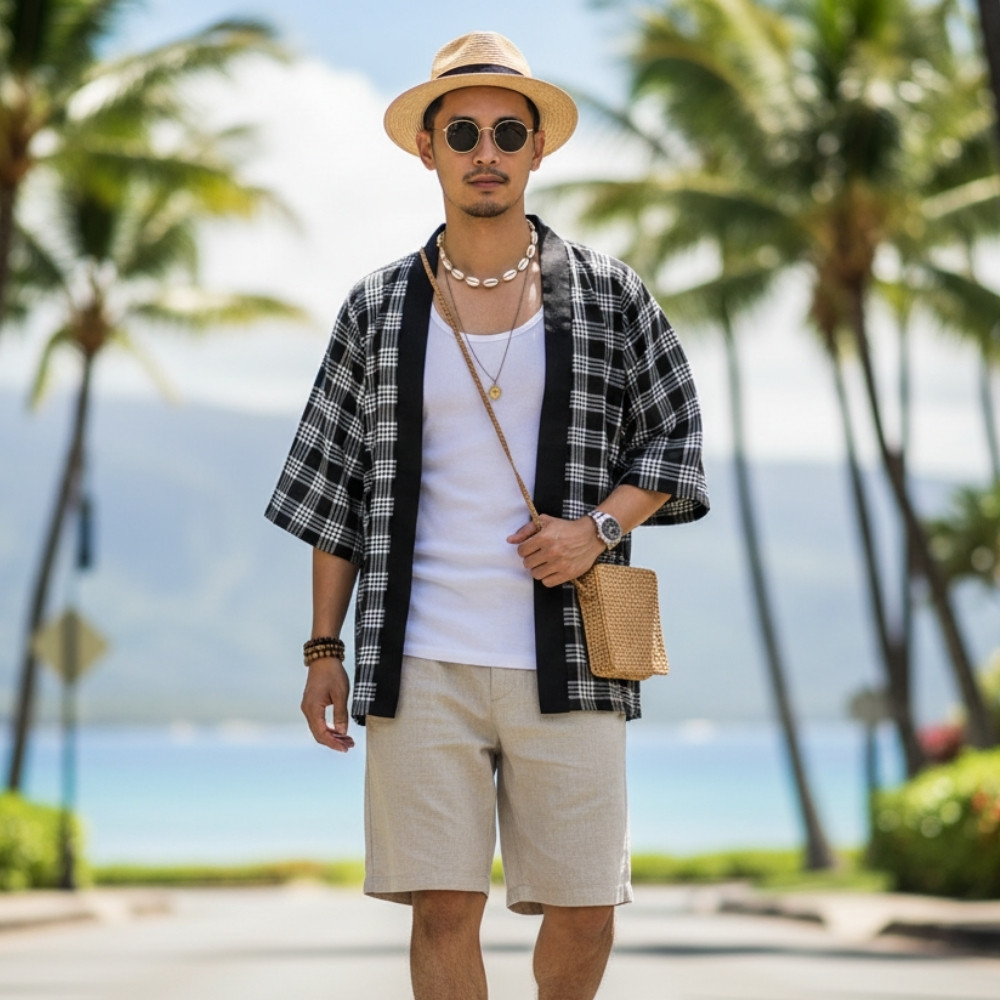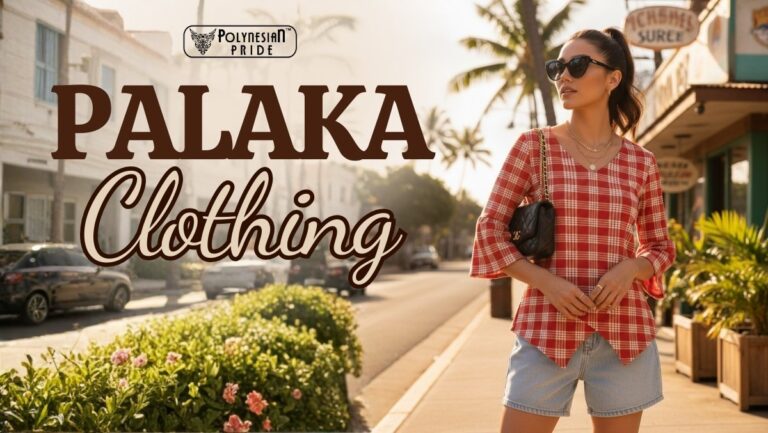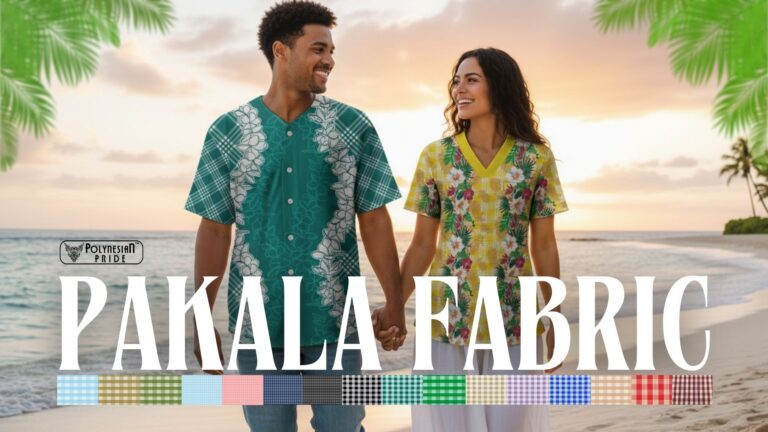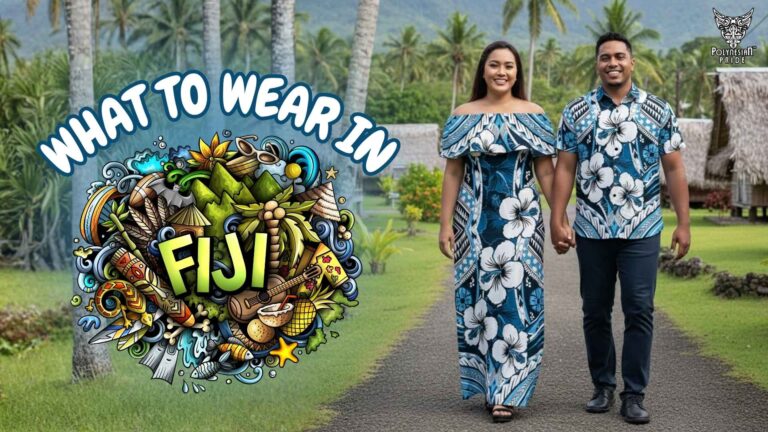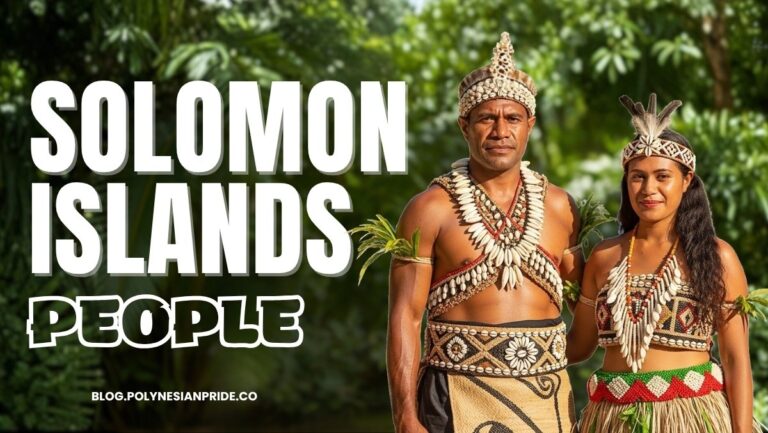How Palaka Became the Aloha Shirt: A 150-Year Hawaiian Story
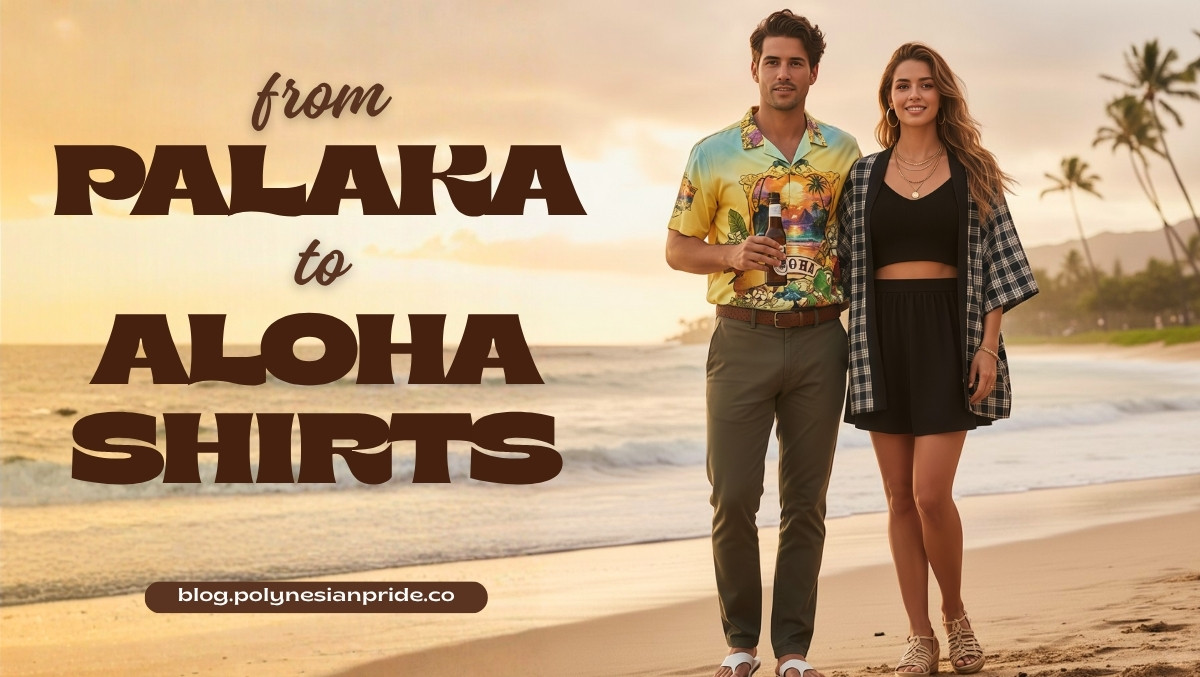
The evolution from the humble palaka shirt to the colorful Aloha shirt reflects one of Hawaii’s most fascinating fashion journeys. Born in the plantation era as durable workwear, the palaka represented the islands’ early labor culture. As Hawaii became more culturally diverse, new textile techniques and vibrant design influences reshaped local clothing in unexpected ways.
By the 1930s, these changes led to the rise of the modern Aloha shirt, later popularized worldwide by figures like Duke Kahanamoku. Now, this article explores that whole journey from Palaka to Aloha — how Palaka began, how island fashion changed, and how the Aloha shirt became an enduring symbol of Hawaii.
Timeline of Transformation – From Palaka to Aloha Shirt
The palaka shirt began as a simple, functional garment adopted widely across Hawaii during the plantation era. Palaka checked cotton fabric makes it durable, breathable, and suitable for intense outdoor labor. Over time, this practical work shirt became one of the earliest recognizable elements of Hawaiian clothing.
19th Century – The Birth of Palaka as Hawaii’s Traditional Workwear
As Hawaii entered the mid-1800s, its growing plantation economy created a need for durable, practical clothing that could withstand long days in the sun and on the fields. This environment became the foundation for the rise of the palaka shirt, which soon became one of the most recognizable garments of early island workwear.
- Time period: Palaka became widely used in the mid-to-late 1800s, aligning with the rise of sugar and pineapple plantations across Oʻahu, Maui, and the Big Island.
- Primary wearers: Plantation workers, contract laborers from early migration waves, sailors docking at Honolulu Harbor, and paniolo in Waimea and Hāmākua.
- Material and construction: Made from imported blue-and-white checked cotton, valued for breathability and resistance to tearing.
- Function and practicality: Served as an unofficial uniform of plantation-era Hawaii, offering protection from sun, dust, and fieldwork conditions.
- Symbolism: Became associated with local resilience, working-class identity, and the foundational roots of Hawaiian menswear.
By the late nineteenth century, palaka had become inseparable from everyday labor life in Hawaii. Its durable cotton fabric suited long days in the cane fields, while its simple check pattern made it instantly recognizable across plantations and ranches. The presence of palaka in harbors, paddocks, and farm settlements turned it into more than just clothing — it became a visual thread connecting the workers who shaped early Hawaiian society, reinforcing the palaka’s meaning as a marker of local strength and unity.
This widespread adoption laid the groundwork for the islands’ evolving fashion identity, setting the stage for the cultural fusion that would later give rise to the Aloha shirt.

Early 20th Century – Hawaii Begins to Change
The early 1900s marked a turning point in Hawaiian clothing, as cultural diversity reshaped the islands’ sense of style. With new communities arriving and local tastes evolving, Hawaii gradually moved from pure workwear to garments that expressed comfort, creativity, and identity.
Key cultural shifts in this era:
- Mass immigration: Large communities from Japan, China, the Philippines, and Portugal settled across the islands during the late 1800s and early 1900s.
- Cultural blending: Everyday interactions on plantations and in towns created new aesthetic preferences, mixing Asian textiles, European tailoring, and local island sensibilities.
- Changing lifestyle needs: Workers and locals began shifting from purely functional workwear toward lighter, more comfortable clothing that better suited leisure, social events, and Hawaii’s tropical climate.
- Innovation in tailoring: Japanese tailors began recycling kimono fabric scraps — bright, patterned, and lightweight — to produce early shirt prototypes that would later inspire the modern Aloha shirt. This marks the earliest stage of the Japanese Immigrant Influence, which became central to the Aloha shirt’s development.
This period marked the beginning of Hawaii’s fashion evolution. The meeting of cultures sparked experimentation: prints became more expressive, fabrics became softer, and tailoring styles blended East and West. What started as practical clothing for plantation life gradually transformed into garments that reflected island personality and creativity, deepening the evolution of Hawaiian clothing traditions.
This cultural fusion laid the foundation for the Aloha shirt’s emergence in the 1930s. This evolution could not have existed without the multi-ethnic influences and design experimentation of this formative era.

1930–1950: The Rise and Explosion of the Aloha Shirt
The 1930s signaled a creative leap in Hawaiian clothing. Instead of simply repurposing leftover kimono fabrics as seen in earlier decades, Hawaiian tailors began deliberately designing shirts with a distinct island aesthetic — shapes, colors, and materials chosen with intention rather than necessity.
The first commercial Aloha shirts appear
Honolulu tailors such as Musa-Shiya Shoten and Ellery Chun began selling brightly patterned shirts — simple at first, but revolutionary in spirit. This moved local clothing away from workwear tradition and toward fashion with cultural expression. Their early creations laid the foundation for what would soon become Hawaii’s most iconic garment.
Island imagery becomes the signature symbol
Designers embraced motifs that captured daily island life. Bold hibiscus florals, sweeping wave patterns, stylized monstera leaves, and symbolic honu turtles became central to the aesthetic. These patterns help create a style instantly recognizable as “Hawaiian.”
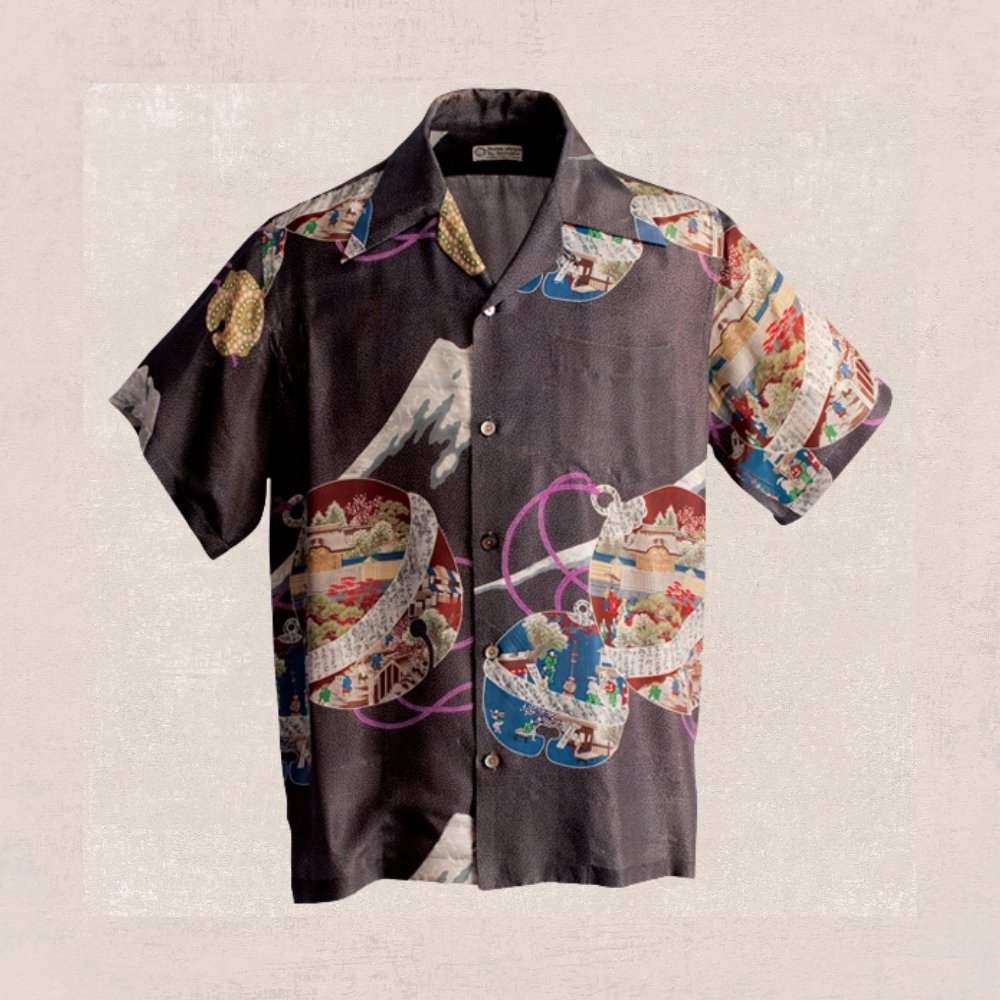
Innovation in materials and printing methods
Unlike the cotton-heavy garments of earlier decades, the 1930s embraced rayon, a fluid, lightweight fabric capable of holding saturated colors and complex prints. Local Hawaiian textile printers pushed techniques such as hand-screen printing, multi-color layering, and pattern repetition to make shirts more vivid, refined, and commercially appealing.
Tourists, Celebrities, and Hollywood boost the trend
As tourism grew throughout this period, visitors began taking Aloha shirts back to the mainland as colorful souvenirs, unintentionally turning them into early cultural ambassadors for Hawaii.
At the same time, celebrities further amplified the appeal. Most notably, Duke Kahanamoku, the Native Hawaiian Olympic champion, whose global fame and friendly public image made the shirt instantly recognizable.
Hollywood further magnified the trend as actors, musicians, and entertainers featured Aloha shirts in films, promotional photos, and magazine spreads. Together, tourism, celebrity influence, and Hollywood exposure propelled the Aloha shirt from a local innovation into a symbol recognized across the United States and beyond.
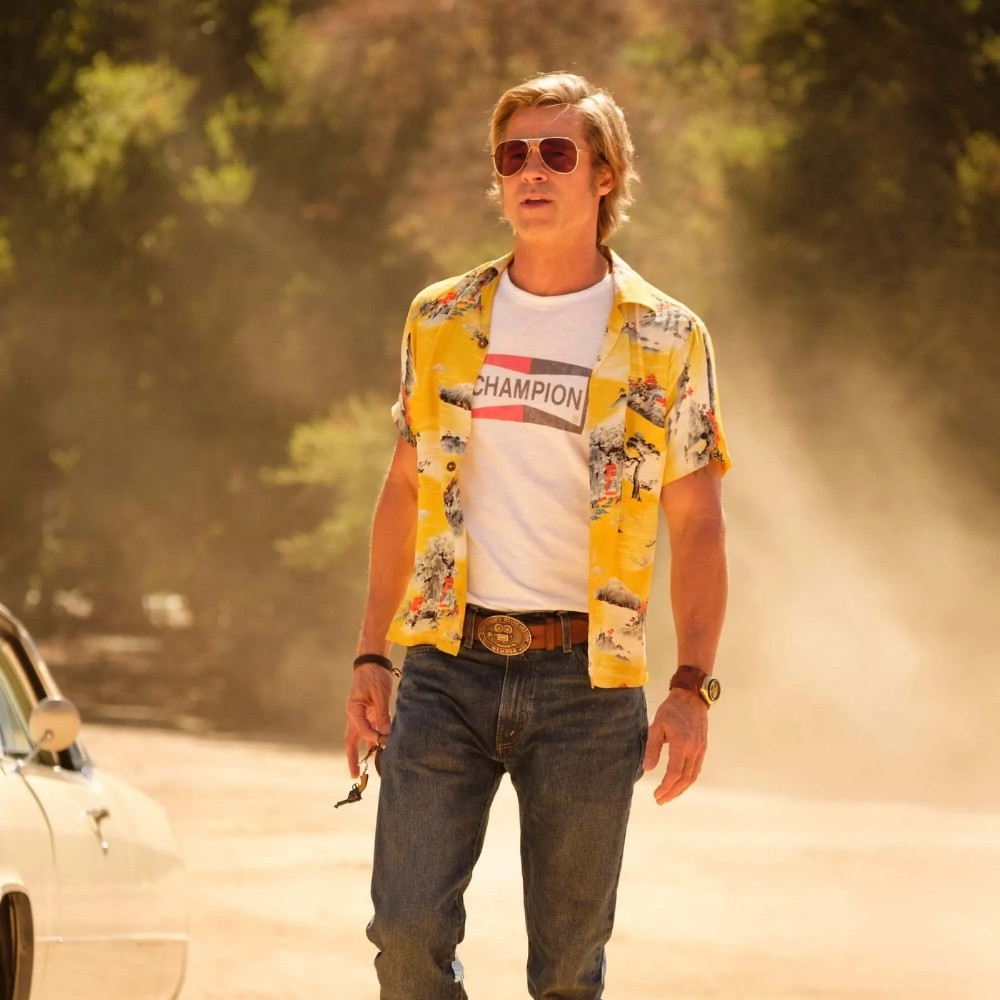
A New Symbol for the Islands
By the late 1940s, the Aloha shirt was no longer a novelty. It had become the visual shorthand for Hawaii—a garment that blended local culture, artistic expression, and a relaxed island lifestyle.
1960–1980: Aloha Shirt Enters International Fashion
From the 1960s to the 1980s, the Aloha shirt moved firmly into global fashion. The turning point came with Aloha Friday, a workplace initiative that encouraged Hawaiian employees to wear Aloha shirts at the end of the week. This simple idea reshaped office culture and later inspired the mainland trend known as Casual Friday.
This era also aligned with a broader shift in fashion toward bright colors and relaxed silhouettes, making the Aloha shirt instantly compatible with international tastes. Designers embraced larger motifs, saturated palettes, and softer fabrics, giving the shirt a contemporary edge beyond its island roots.
At the same time, airlines, travel agencies, and tourism campaigns frequently used Aloha prints in their advertisements, positioning the shirt as a global symbol of tropical leisure. By the early 1980s, the Aloha shirt had secured its place in global fashion culture — recognized not just as a souvenir but as a legitimate, expressive style category tied to Hawaii’s identity.

1990–2010: The Palaka Revival and the Rise of Premium Aloha Shirts
From the 1990s to the early 2000s, Hawaiian fashion experienced a renewed focus on heritage. The palaka shirt, once a symbol of plantation labor, returned to prominence through the growing Local Pride movement. Young Hawaiians embraced palaka in streetwear — appearing in jackets, caps, and modern silhouettes — reframing it as a marker of cultural identity rather than purely workwear.
During the same period, the Aloha shirt moved into the premium fashion space. Designers introduced silk versions, hand-printed patterns, and limited-edition collections, elevating the shirt from casual resort wear to a refined, collectible garment. The emphasis on craftsmanship led to a resurgence of “made in Hawaii” collections, celebrated for authenticity and traditional printing techniques.
2010 to Present: Palaka and the Aloha Shirt in the Modern Era
In modern society, global interest in cultural fashion brought renewed visibility to both the palaka and the Aloha shirt. Hawaiian designers began reinterpreting these garments through a modern lens, while younger generations embraced them as symbols of cultural pride and identity.
Palaka has reappeared in contemporary fashion through updated silhouettes such as dresses, jackets, tote bags, and streetwear pieces, proving its versatility beyond its workwear origins. At the same time, the Aloha shirt reached international runways, with brands like Prada, Saint Laurent, and Tom Ford showcasing luxury interpretations of classic island prints. This global exposure helped establish the Aloha shirt as a “global casual” summer essential, recognized worldwide for its relaxed and expressive style.
In this era, both the palaka and the Aloha shirt transcend their origins. They serve not only as clothing but as cultural ambassadors — bridging history, modern style, and the evolving identity of Hawaii in a globalized world.
Palaka vs Aloha Shirt – Two Icons, Two Eras of Hawaiian Style
The palaka and the Aloha shirt represent two distinct chapters in Hawaii’s fashion story — one rooted in labor and resilience, the other born from creativity and cultural expression.
| Category | Palaka Shirt | Aloha Shirt |
| Origins | Plantation-era Hawaii (19th century) | 1930s tailoring and island textile innovation |
| Primary Wearers | Field laborers, paniolo, sailors | Locals, tourists, global fashion wearers |
| Fabric | Durable cotton, blue-and-white checks | Rayon, silk, and cotton blends with vibrant prints |
| Design Style | Simple checkered pattern | Tropical motifs: hibiscus, monstera, honu, waves |
| Cultural Symbolism | Resilience, working-class heritage, local roots | Creativity, multicultural influence, hospitality, Hawaiian spirit |
| Fashion Status Today | Heritage streetwear, modern reinterpretations | Global casual wear, premium fashion, summer essentials |
The evolution from palaka to the Aloha shirt reflects a profound transformation in Hawaii’s identity. It represents a journey from labor to creativity, as the islands moved from a plantation-based society to one known for artistic expression and cultural storytelling. It also marks a shift from modest practicality to confident cultural display, allowing Hawaiians to express pride through color, pattern, and design.
Most importantly, the Aloha shirt embodies the multicultural blending that defines Hawaii — combining Native Hawaiian imagery, Japanese textile tradition, Filipino tailoring, Western silhouettes, and island printing techniques. Together, palaka and the Aloha shirt form a narrative of resilience, imagination, and identity that continues to shape how Hawaii presents itself to the world.
From Palaka to Aloha Shirt: A Cultural Evolution in Perspective
The story from Palaka to Aloha Shirt reflects more than a change in garments — it represents nearly 150 years of Hawaiian cultural evolution. What began in the 19th century as practical workwear gradually transformed, decade by decade, into a vibrant symbol of creativity, identity, and multicultural expression.
Today, both the palaka and the Aloha shirt stand as reminders of Hawaii’s resilience and its ability to reinvent tradition without losing its roots. Their journey continues to shape how the world understands Hawaiian style: grounded in history, enriched by diversity, and carried forward with pride.
FAQs
How did the palaka shirt influence the modern Aloha shirt?
The palaka provided the relaxed, functional silhouette that later shaped the structure of the Aloha shirt. Its role as everyday island wear laid the foundation for Hawaii’s shift toward more expressive shirt designs.
What cultural influences shaped early Aloha shirt designs?
Japanese fabrics, Filipino tailoring, and Hawaiian motifs combined to create the earliest Aloha shirt aesthetics. This blend reflected Hawaii’s multicultural communities in the early 20th century.
Why are Aloha shirts considered symbols of Hawaiian identity?
Their motifs celebrate island nature, while their relaxed style reflects Hawaii’s laid-back way of life. Over time, they became a visual expression of local culture and pride.
How did tourism affect the rise of the Aloha shirt?
Visitors brought the shirts home as souvenirs, quickly spreading the style outside Hawaii. Travel advertisements and airlines later amplified their global popularity.

I’m a lifestyle curator who has blended Polynesian foodways and fashion into everyday life for over five years. I celebrate makers, materials, and style—with heritage as the headline, not the footnote.
My contact:
Email: [email protected]
Tel: +689 87 246 367


